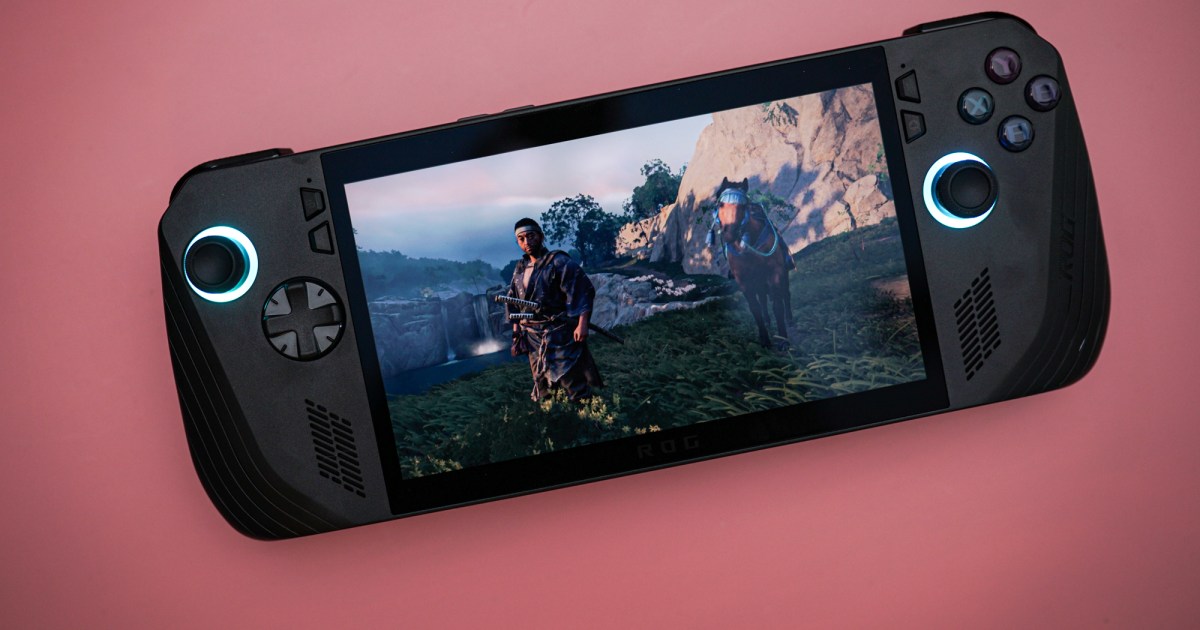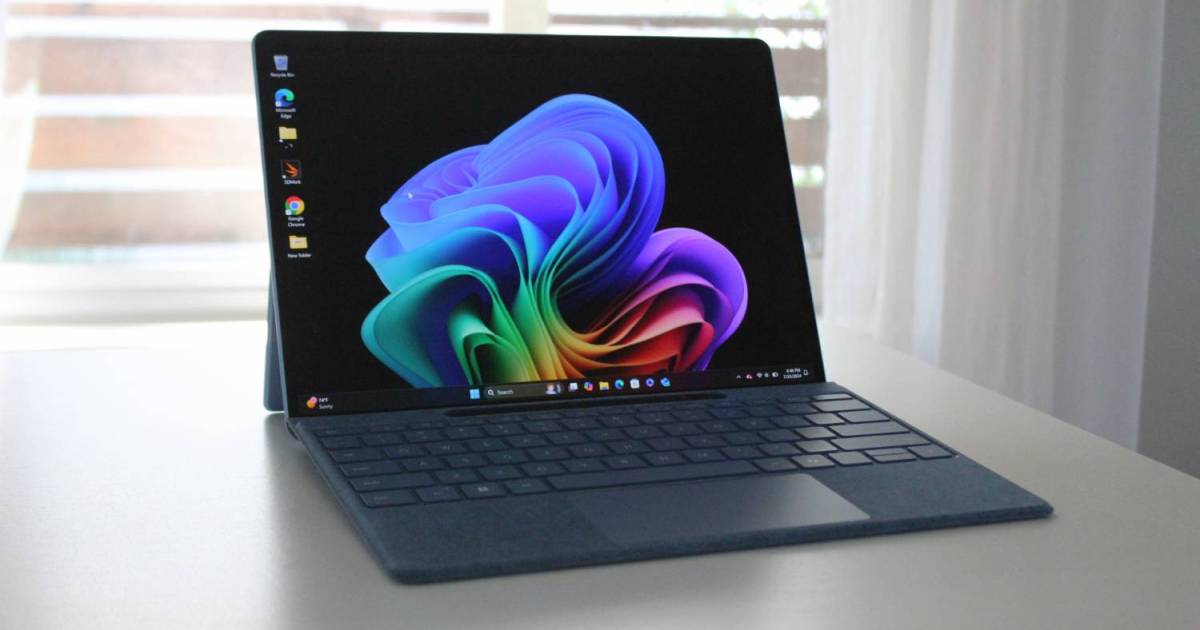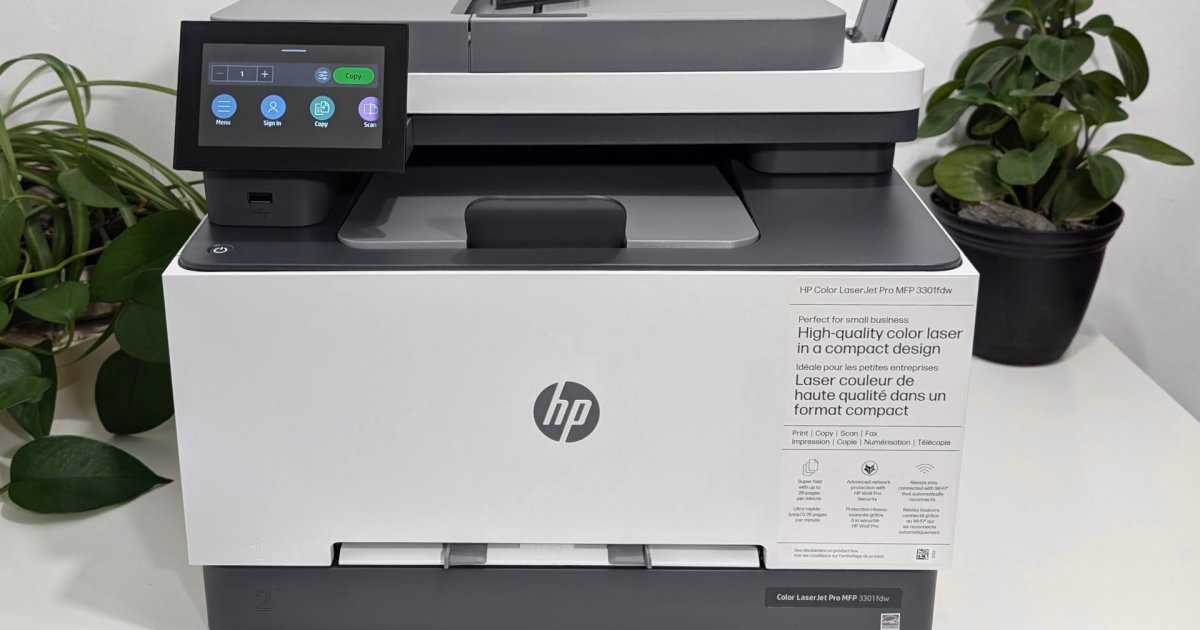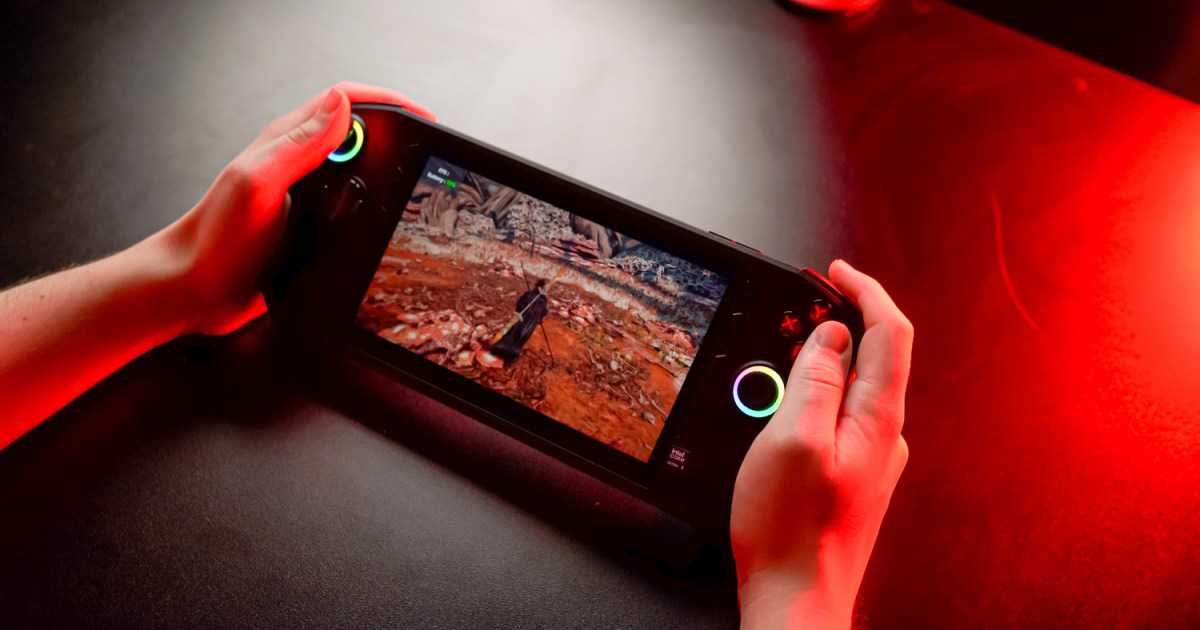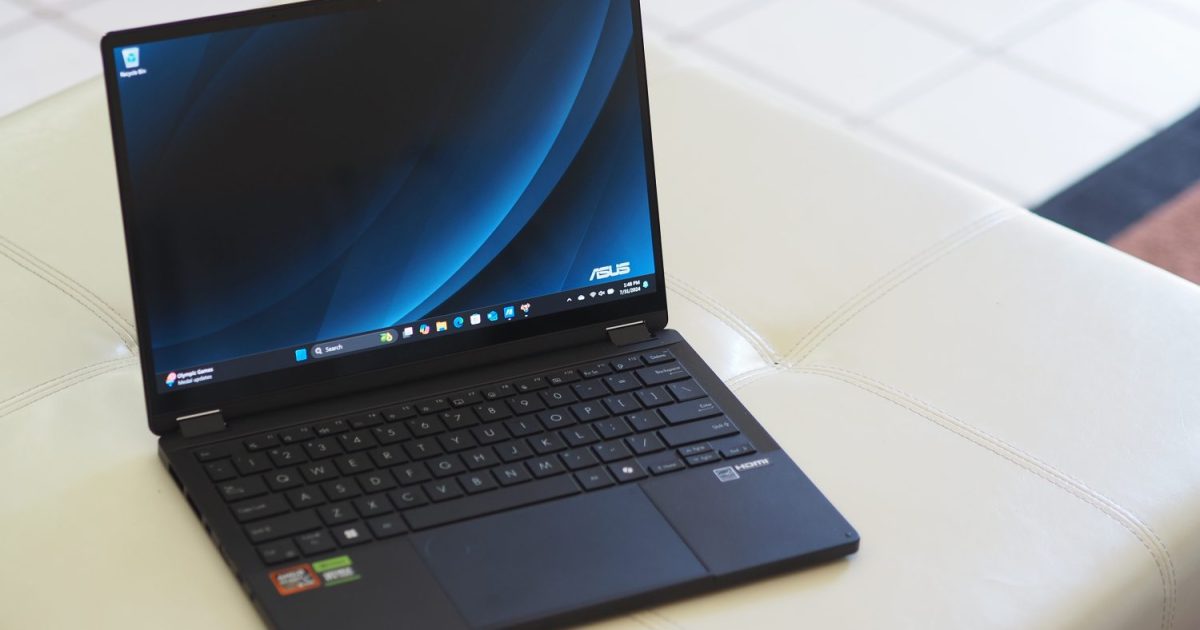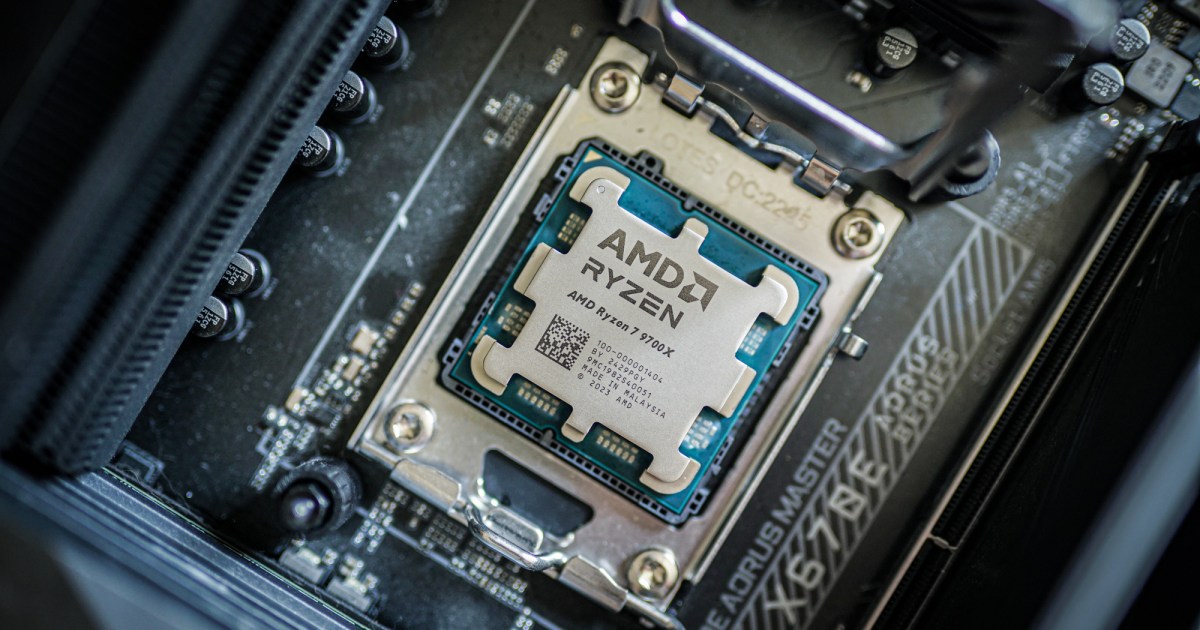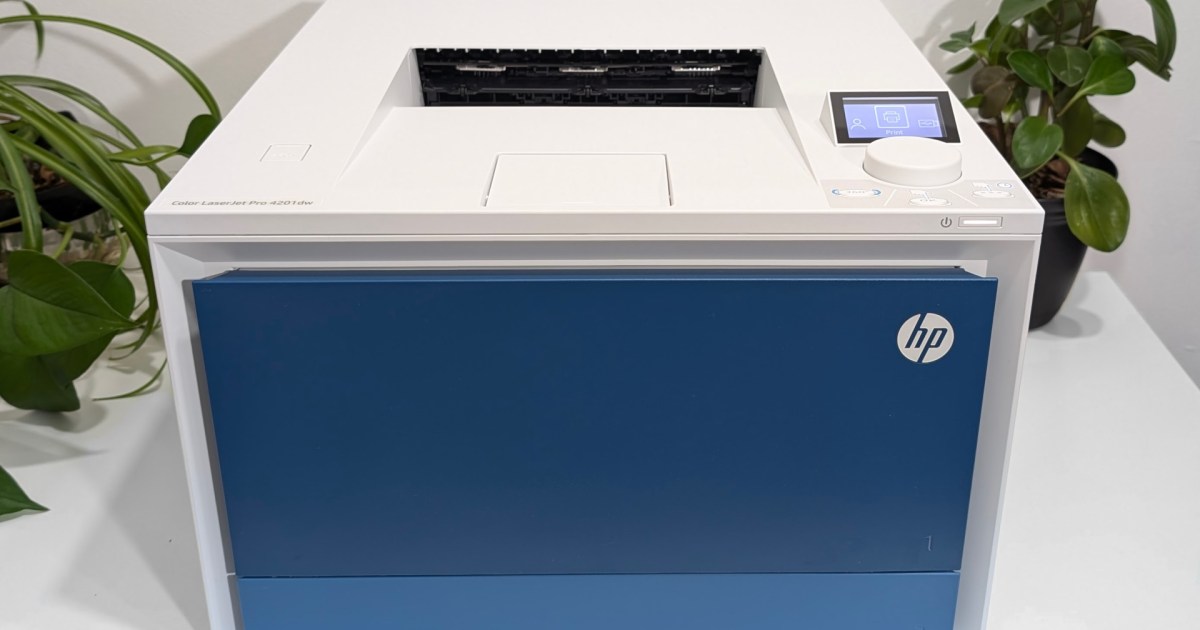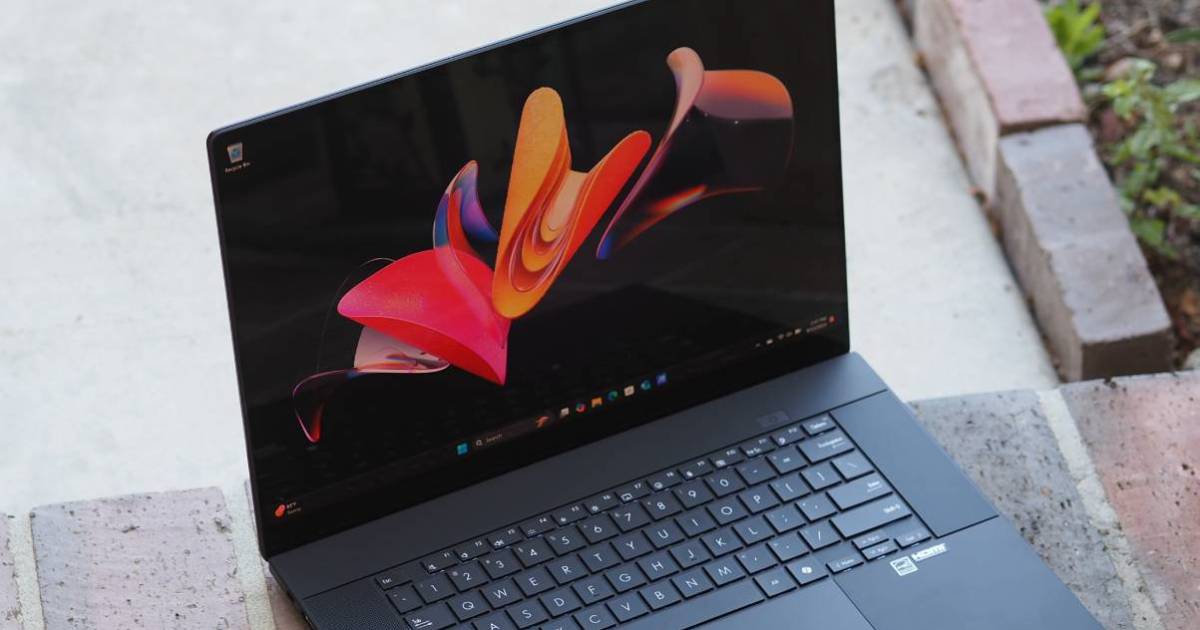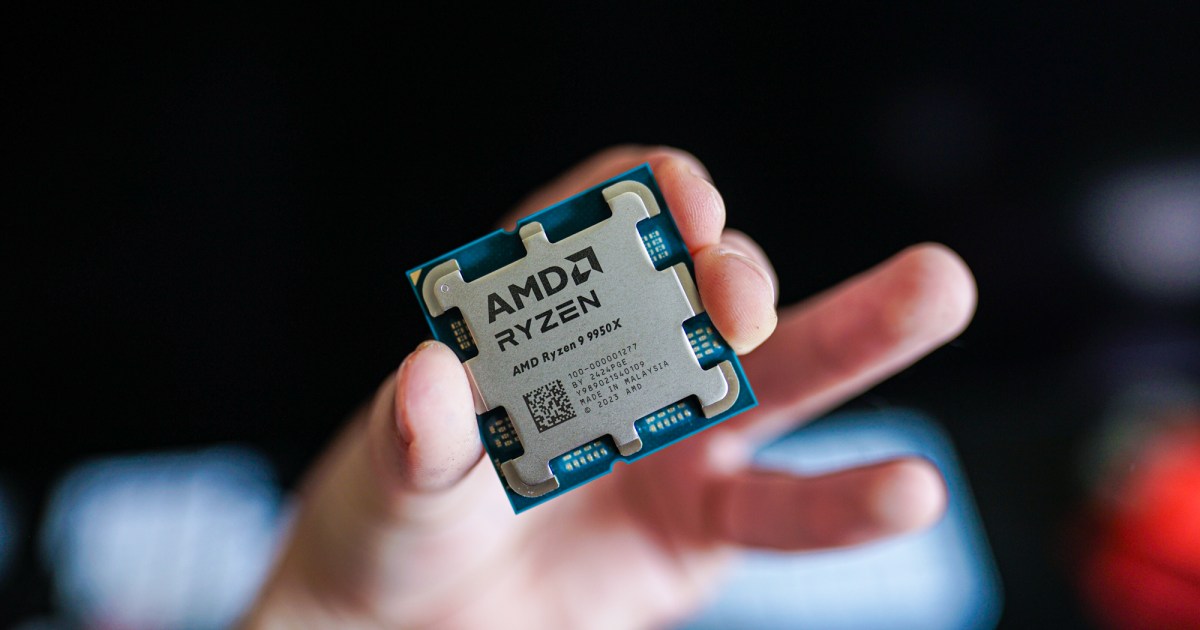The Asus ROG Ally made waves as a true competitor to the Steam Deck in the handheld PC gaming market. Now, the ROG Ally X aims to take the crown. While visually similar, the Ally X boasts significant improvements in specs, ergonomics, battery life, and controls. But with a $100 price bump over the original, does it justify the premium?
Enhanced Design and Comfort
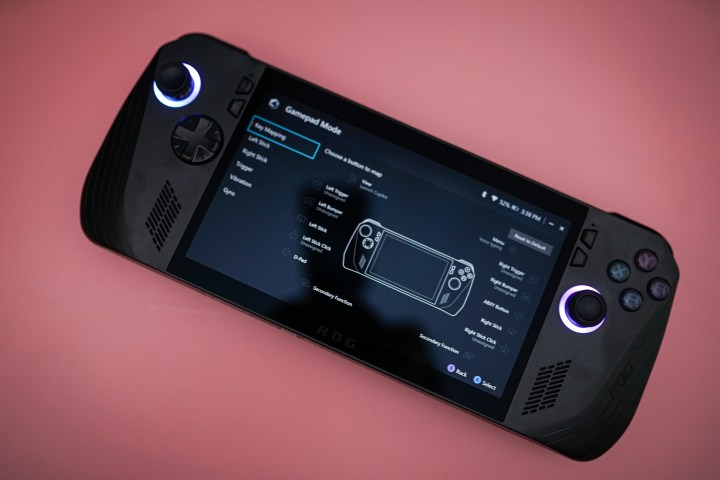 Button settings on the Asus ROG Ally X.Image: Enhanced button layout on the ROG Ally X. (Jacob Roach / MaagX)
Button settings on the Asus ROG Ally X.Image: Enhanced button layout on the ROG Ally X. (Jacob Roach / MaagX)
The ROG Ally X retains the original’s design but refines it with a sleek black colorway and crucial ergonomic adjustments. The sharper corners have been replaced with a more comfortable rounded design, and the rear buttons have been significantly reduced in size and repositioned, eliminating any accidental presses.
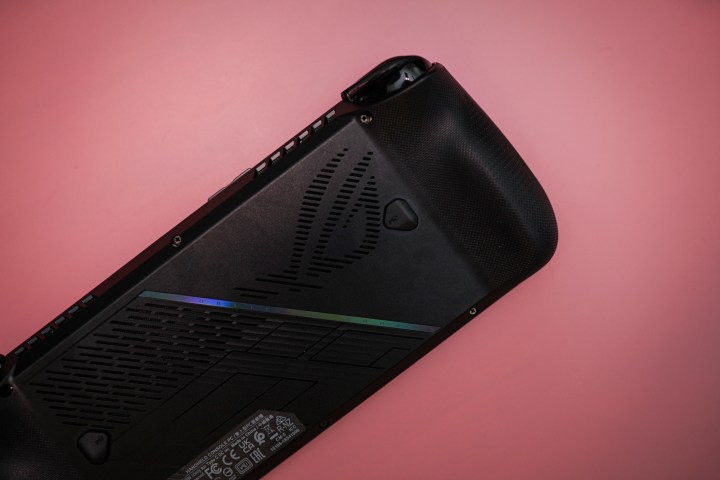 The rear buttons on the Asus ROG Ally X.Image: Smaller, more centrally located rear buttons. (Jacob Roach / MaagX)
The rear buttons on the Asus ROG Ally X.Image: Smaller, more centrally located rear buttons. (Jacob Roach / MaagX)
Subtle changes like a 4.5mm increase in thickness contribute to a more secure grip, allowing for comfortable extended gaming sessions. The improved side grips make a noticeable difference, shifting from a palm-clamp grip to a more relaxed finger grip.
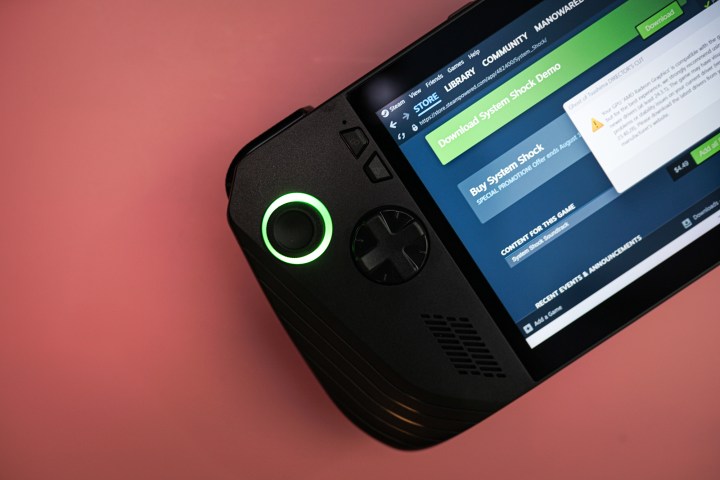 The D-pad on the Asus ROG Ally X.Image: Upgraded D-pad with a matte finish. (Jacob Roach / MaagX)
The D-pad on the Asus ROG Ally X.Image: Upgraded D-pad with a matte finish. (Jacob Roach / MaagX)
Beyond comfort, the controls have also received significant upgrades. The joysticks offer double the durability and a stiffer feel, addressing the looseness of the original. The D-pad boasts a matte finish and improved diagonal input accuracy. The triggers and shoulder buttons have been redesigned with a curved profile, preventing accidental presses and providing a more tactile, clicky experience reminiscent of an Xbox controller. These refinements bring the Ally X closer to the Steam Deck’s ergonomic excellence, even surpassing competitors like the MSI Claw.
Under the Hood Improvements
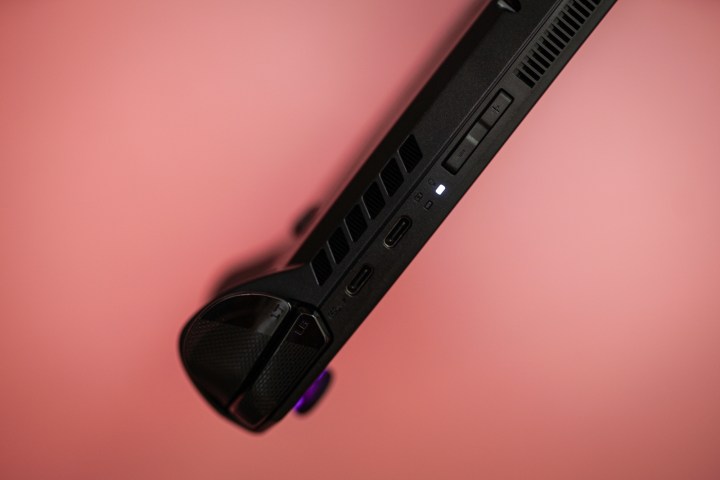 Dual USB-C ports on the Asus ROG Ally X.Image: Dual USB-C ports for charging and external GPU support. (Jacob Roach / MaagX)
Dual USB-C ports on the Asus ROG Ally X.Image: Dual USB-C ports for charging and external GPU support. (Jacob Roach / MaagX)
The ROG Ally X packs notable internal upgrades. It features 24GB of LPDDR5 RAM and a 1TB M.2 2280 SSD, offering easier and more affordable upgrade options compared to the original Ally. Storage capacity can now reach up to 8TB. Asus has replaced the proprietary XG Mobile connector with a USB4 port, enabling external GPU support. A substantial 80WHr battery, double the capacity of the original, now leads the handheld gaming market, surpassing the Lenovo Legion Go and Steam Deck OLED.
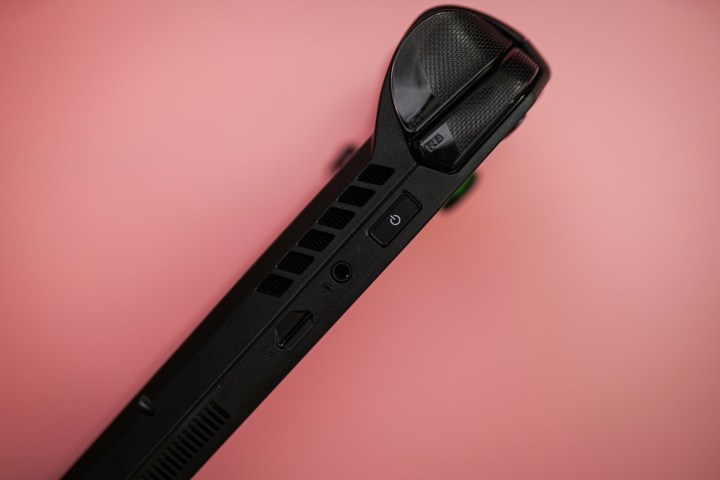 The power button on the Asus ROG Ally X.Image: Power button with integrated fingerprint reader for Windows Hello. (Jacob Roach / MaagX)
The power button on the Asus ROG Ally X.Image: Power button with integrated fingerprint reader for Windows Hello. (Jacob Roach / MaagX)
The excellent stereo speakers and fingerprint reader power button remain. The 7-inch, 1080p, 120Hz display, while not OLED, still provides a vibrant gaming experience. However, the microSD card slot retains its original position, raising concerns about potential overheating issues despite Asus’s BIOS update fix.
Performance and Battery Life
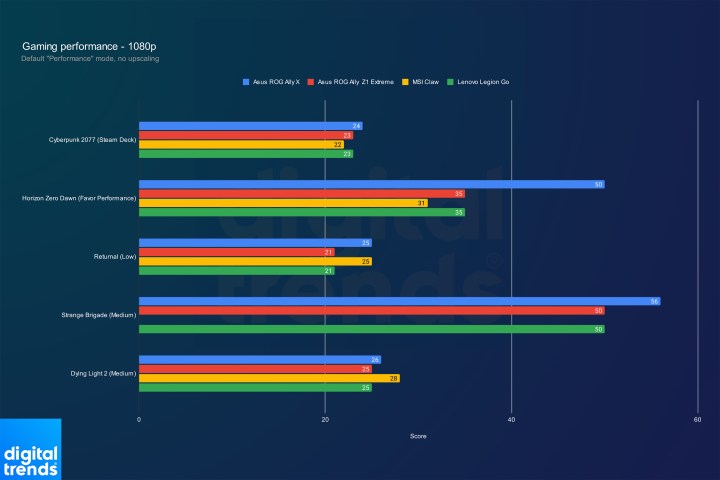 Asus ROG Ally X performance at 1080p.Image: 1080p performance benchmarks. (Jacob Roach / MaagX)
Asus ROG Ally X performance at 1080p.Image: 1080p performance benchmarks. (Jacob Roach / MaagX)
The ROG Ally X’s 24GB of RAM offers a performance boost in select games, particularly those that can utilize the additional memory allocated to the GPU. While not a universal improvement, titles like Horizon Zero Dawn and Returnal show significant gains. At 720p, the Steam Deck remains competitive despite its less powerful chip. Asus has also optimized the power modes, making the Performance and Silent modes more practical.
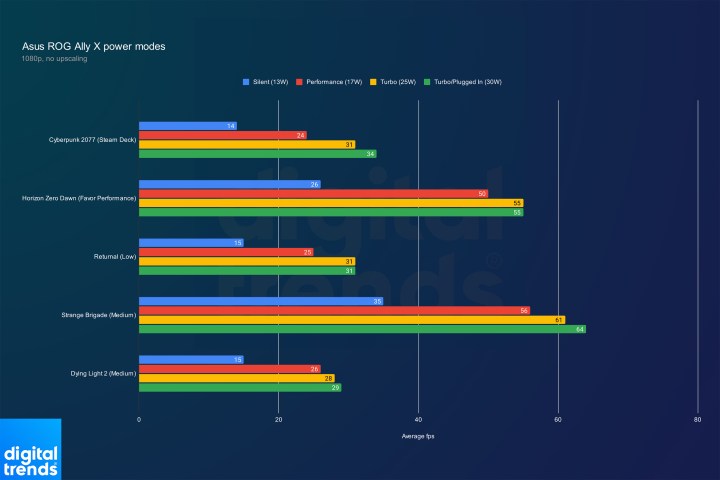 Performance for the different power modes of the Asus ROG Ally X.Image: Performance comparison across different power modes. (Jacob Roach / MaagX)
Performance for the different power modes of the Asus ROG Ally X.Image: Performance comparison across different power modes. (Jacob Roach / MaagX)
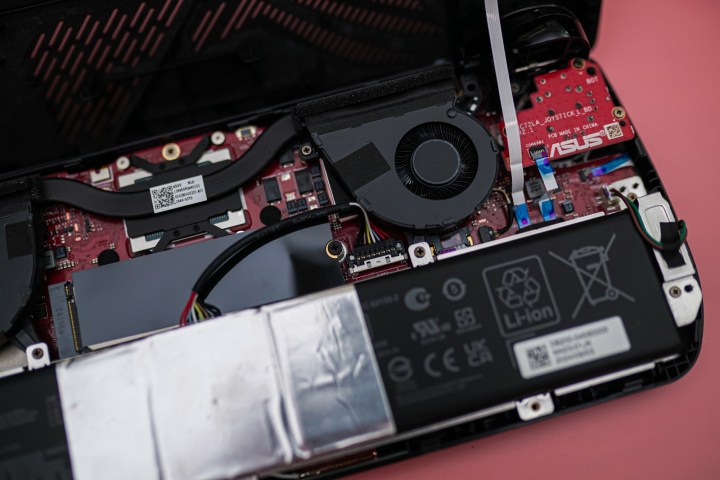 The battery connector in the Asus ROG Ally X.Image: Battery connector within the ROG Ally X. (Jacob Roach / MaagX)
The battery connector in the Asus ROG Ally X.Image: Battery connector within the ROG Ally X. (Jacob Roach / MaagX)
The larger battery translates to a substantial improvement in battery life. Testing with Forza Horizon 5 in Turbo mode yielded nearly three hours of playtime, a significant jump from the original Ally’s 90 minutes. Lighter titles can potentially reach close to six hours. However, Windows’ background processes can still drain the battery during administrative tasks.
Refined Software Experience
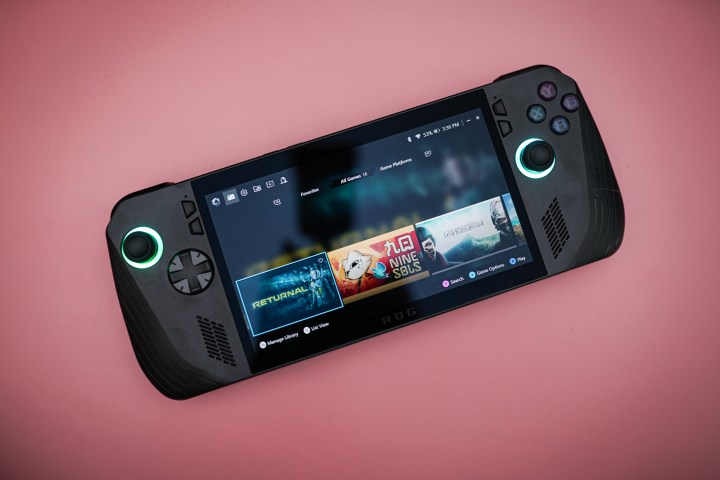 Armoury Crate SE on the Asus ROG Ally X.Image: Armoury Crate SE interface. (Jacob Roach / MaagX)
Armoury Crate SE on the Asus ROG Ally X.Image: Armoury Crate SE interface. (Jacob Roach / MaagX)
Armoury Crate SE 1.5 introduces a streamlined software experience with faster startup, a startup video, per-game button assignments, and customizable library views. Features like AMD Fluid Motion Frames (AFMF) are accessible from the overlay. While initial bugs existed, Asus has addressed them, resulting in a snappy and functional software layer.
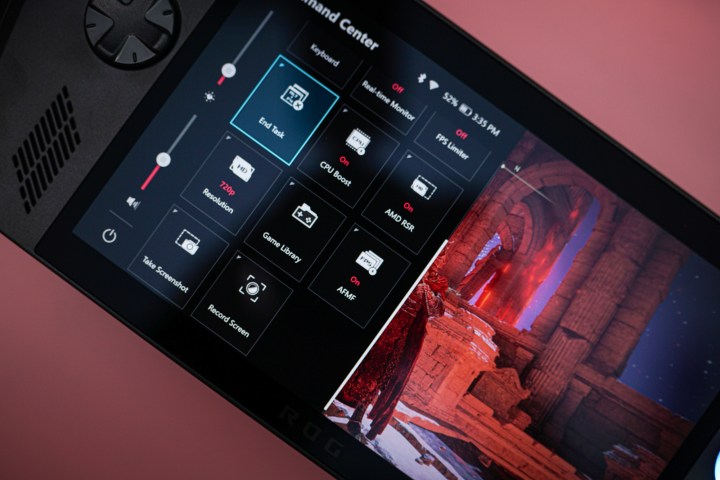 The overlay on the Asus ROG Ally X.Image: In-game overlay features. (Jacob Roach / MaagX)
The overlay on the Asus ROG Ally X.Image: In-game overlay features. (Jacob Roach / MaagX)
Final Verdict
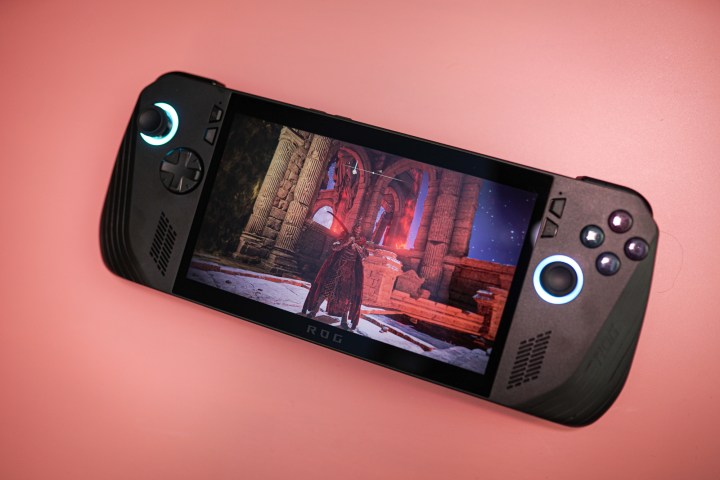 Elden Ring running on the Asus ROG Ally X.Image: Elden Ring gameplay on the ROG Ally X. (Jacob Roach / MaagX)
Elden Ring running on the Asus ROG Ally X.Image: Elden Ring gameplay on the ROG Ally X. (Jacob Roach / MaagX)
The ROG Ally X is a significant upgrade over its predecessor. The enhanced battery life, performance gains in certain titles, and refined ergonomics make it a compelling option for handheld PC gaming. However, the $800 price tag puts it in competition with the cheaper original Ally and Steam Deck OLED. While Windows remains a key selling point, the ability to install Windows on the Steam Deck weakens this argument. The ROG Ally X is ideal for those holding onto older handhelds or waiting for a refined Windows gaming experience. A future price drop would make it even more attractive.



